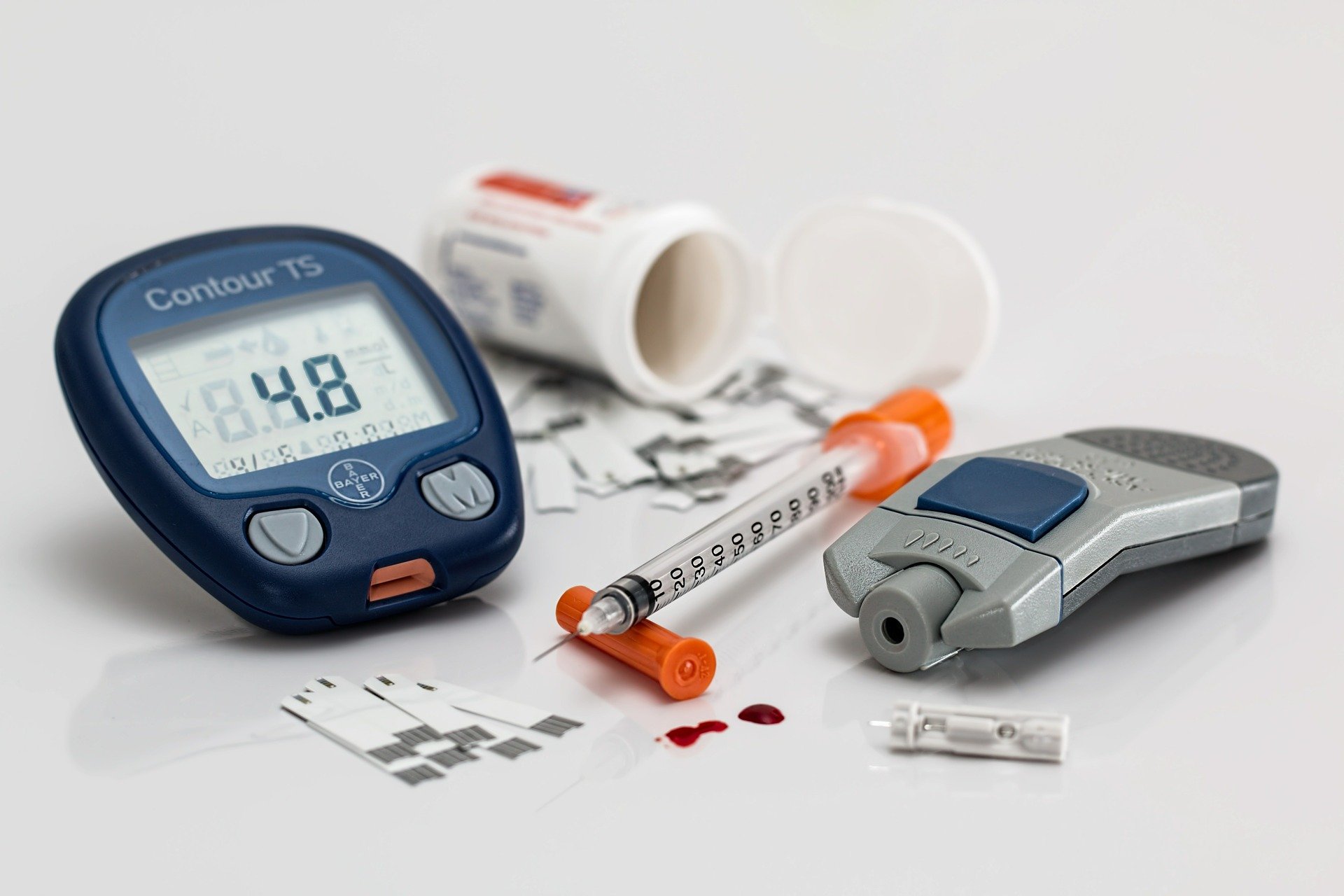Media release
From:
INPATIENT DIABETES MANAGEMENT “DEFICIENCIES” IN QUEENSLAND PUBLIC HOSPITAL
RESEARCH published today by the Medical Journal of Australia has exposed deficits in inpatient diabetes management in public hospitals across Queensland.
The researchers, led by Dr Peter Donovan, Director of Clinical Pharmacology at the Royal Brisbane and Women’s Hospital, conducted a cross-sectional bedside audit of 27 of Queensland’s 115 public hospitals, including four of the five tertiary/quaternary referral centres, and rural and regional centres.
“Deficits in inpatient diabetes management include high rates of medication error, hospital-acquired harm (hypoglycaemia, diabetic ketoacidosis), and suboptimal rates of appropriate glycaemic control, particularly in patients treated with insulin,” Donovan colleagues reported.
“Many patients did not see specialist diabetes team members despite meeting the criteria for doing so.”
Results included:
- Glycaemic control and medication errors – “We identified medication errors for 201 patients (32%), including 121 with prescription errors (19%) and 123 with management errors (19%). At least one prescription error was identified for 79 of 353 patients receiving insulin (22%) and 50 of 478 patients receiving oral hypoglycaemic agents (10%), and at least one management error for 91 patients receiving insulin
(26%) and 52 patients receiving oral hypoglycaemic agents (11%).”
- Hospital-acquired harm – “Four of 49 patients with type 1 diabetes mellitus (8%) developed diabetic ketoacidosis during their admission.”
- Foot disease management – “Ninety-six patients were admitted with active foot disease, 69 of whom had seen a member of the multidisciplinary foot team within 24 hours of admission.”
- Peri-operative management – “Sixty patients who had surgery (29%) had clearly documented peri-operative diabetes management plans.”
- Patient self-management – “Fifty-three hospitalised patients with diabetes were monitoring their own blood glucose levels (6.2%), 72 self-administering insulin (8.5%), and 23 adjusting their own insulin doses (2.7%).”
“Management deficits included high rates of hospital-acquired diabetic ketoacidosis (8%), hypoglycaemia (9.5%; 6.0 episodes per 100 patient-days), and diabetes medication errors (32%), and low rates of achieving glycaemic targets (59 good diabetes days per 100 patient-days), particularly in patients treated with insulin,” Donovan and colleagues wrote.
“Fewer than one-third of patients with diabetes had been seen by specialist diabetes practitioners, and HbA1c levels had been recently assessed in fewer than half the patients.
“Further, a documented peri-operative diabetes management plan was available for fewer than one-third of patients who underwent surgery.”
Donovan and colleagues compared the quality of inpatient diabetes management in Queensland with that encountered in England and Wales prior to the instigation of the annual National Inpatient Diabetes Audit in 2011.
“Alternative approaches are needed to reduce patient harm associated with inpatient diabetes management,” they wrote.
In England and Wales, increased funding, the addition of specialist diabetes teams, electronic prescribing and remote blood glucose monitoring, all improved outcomes of subsequent audits.
“These deficits require attention, and ongoing evaluation of outcomes is necessary,” Donovan and colleagues concluded.
All MJA media releases are open access and can be found at:
https://www.mja.com.au/journal/media
Please remember to credit The MJA.
The Medical Journal of Australia is a publication of the Australian Medical Association.
The statements or opinions that are expressed in the MJA reflect the views of the authors and do not represent the official policy of the AMA or the MJA unless that is so stated.



 Australia; QLD
Australia; QLD



